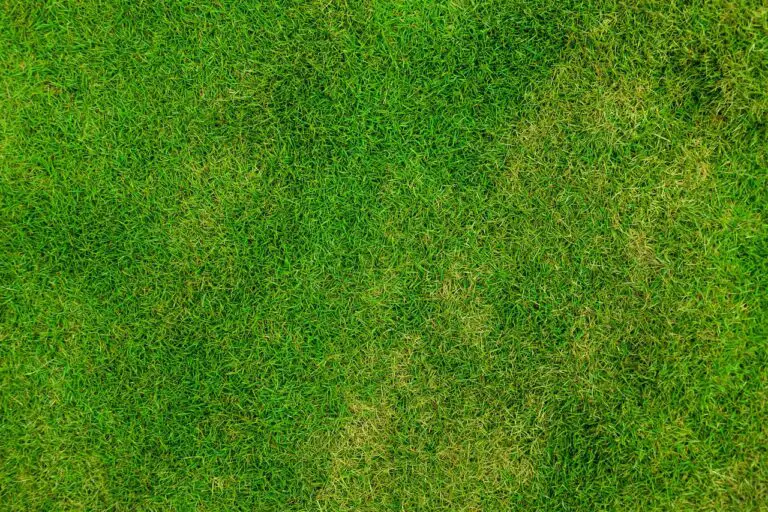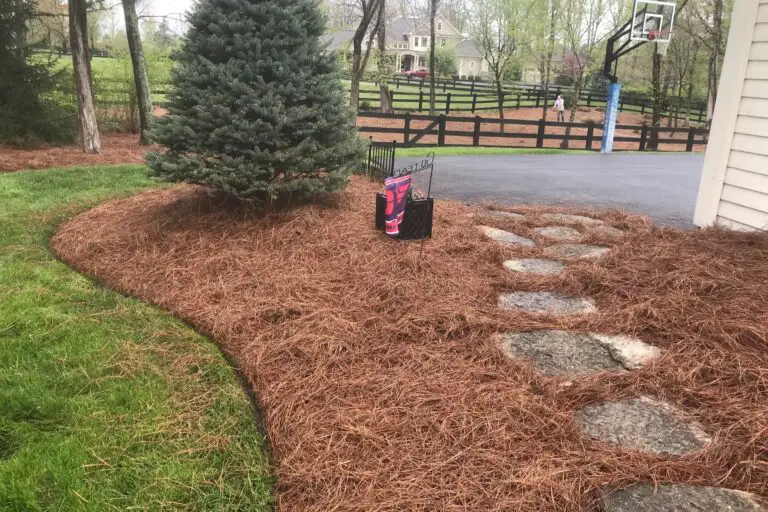Grubs in Lawn: The Hidden Destroyers of Your Green Oasis
Grubs may be small, but their impact on our lawns can be monumental. If you’ve ever been frustrated by brown patches in your grass or noticed birds frequently pecking at your lawn, you might be dealing with a grub infestation. This article provides a comprehensive guide on grubs in lawns, their life cycle, the damage they cause, and how to deal with them effectively.
What are Grubs?
Grubs are the larvae of various types of beetles, including the Japanese beetle, European chafer, and the June beetle. These white, C-shaped larvae live a few inches below the soil’s surface, where they feast on grassroots. A small number of grubs might not be cause for concern, but a full-blown infestation can quickly destroy a lawn from the ground up.
The Lifecycle of a Grub
Understanding the life cycle of grubs can give you a better perspective on the best time to act:
1. Eggs
In early to mid-summer, adult beetles lay their eggs in the soil.
2. Larvae
The eggs hatch into larvae (or grubs) which feed aggressively on grassroots, growing rapidly.
3. Pupation
By late fall, grubs dig deeper into the soil and pupate, transitioning into adult beetles.
4. Emergence
Come spring, these adults emerge, ready to mate and start the cycle anew.
It’s during the larval stage that grubs are most damaging to lawns, feasting on the roots and leaving behind brown, dead patches.
Signs of Grub Infestation
Brown Patches
The most evident sign of grub damage is brown patches in your lawn, especially during late summer and early fall. These patches easily detach from the soil due to the root damage.
Increased Bird Activity
Birds, especially starlings and crows, love feasting on grubs. If you notice more birds than usual pecking at your lawn, grubs might be the reason.
Spongy Grass
A grub-infested lawn often feels spongy underfoot because the grubs have eaten away the grassroots.
Visible Grubs
Turn over a patch of brown grass, and if you see more than 5-10 grubs per square foot, it’s a sign of significant infestation.
How to Control Grubs in Your Lawn
Proper Lawn Maintenance
A well-maintained lawn can often deter beetle adults from laying their eggs. Regular mowing, watering in the morning, and not over-fertilizing can make your lawn less attractive to beetles.
Beneficial Nematodes
These microscopic worms, available at most garden centers, seek out grubs and kill them naturally.
Milky Spore
A naturally occurring bacterium, milky spore infects and kills grubs over time. The process can take a few years but offers a long-term solution.
Chemical Controls
If the infestation is severe, you might consider using chemical pesticides. Always follow label directions and consider consulting a lawn care professional.
Preventative Measures
Cultivate Natural Predators
Birds, raccoons, and skunks all feed on grubs. While you might not want skunks in your garden, consider creating a bird-friendly habitat to attract grub-eating species.
Use Resistant Grass Types
Certain grass types like tall fescues are less appetizing to grubs.
Regular Lawn Inspection
Make it a habit to inspect your lawn for early signs of grubs. Early detection can make controlling them much easier.
Protecting Your Lawn’s Future
The very essence of gardening and lawn care revolves around the balance of nature. While grubs may seem like the enemy, it’s essential to remember that they play a part in the ecosystem. Managing grubs doesn’t necessarily mean eradicating them but controlling their numbers to a manageable level where they can coexist without harming your prized lawn.
Integrated Pest Management (IPM) Approach
Adopting an IPM approach to handle grubs in your lawn can be highly effective. This strategy integrates various methods – both biological and chemical – in a way that reduces the risk to the environment and human health.
Monitor Regularly
Regularly inspect your lawn for signs of grub activity. By catching an infestation early, you can minimize damage and employ less aggressive treatment methods.
Cultural Practices
Encourage deep root growth by watering your lawn deeply but infrequently. Grubs tend to thrive in shallow-rooted turf, so by promoting a deeper root system, you make your lawn less vulnerable.
Biological Control
Introduce or encourage organisms that naturally prey on or control grubs. Apart from nematodes, consider using products with Beauveria bassiana, a fungus that acts as a natural insecticide against grubs.
Go Organic
More homeowners are gravitating towards organic lawn care solutions. While it’s possible that organic methods might take longer to show results compared to synthetic chemicals, they often provide a long-lasting solution and promote overall lawn health.
Compost and Organic Fertilizers
Regularly applying compost can enhance the soil’s microbial activity, making it less hospitable for grubs. Organic fertilizers release nutrients slowly, ensuring there’s no sudden lush growth that attracts beetles to lay eggs.
Corn Gluten Meal
This natural pre-emergent prevents weeds and has shown some effectiveness in reducing grub populations. Apply in early spring before the beetles lay their eggs.
Seek Expert Advice
If you’re unsure about the right approach to take or if your attempts to control grubs in lawn aren’t yielding results, don’t hesitate to consult with a local lawn care expert or an entomologist. They can offer insights tailored to your specific situation and region.
Final Thoughts
The presence of Japanese beetle grubs feeding on grass roots can be both a surprise and a nuisance. These white grubs are the larvae of Japanese beetles and their appetite for the roots can wreak havoc on an otherwise perfect lawn. The destruction stems from their early life stages; young grubs begin feeding voraciously shortly after hatching, positioning themselves just beneath the soil surface.
Milky spore disease stands out as one of the natural methods to kill grubs, targeting these unwelcome pests without causing harm to beneficial soil organisms. While a few grubs in your lawn might not signify imminent disaster, unchecked, they can rapidly grow in numbers, increasing the grub population to levels that are hard to manage. Effective lawn grub control is not about total eradication, but about achieving balance, and this can be attained by employing a combination of methods, understanding the life cycle of grubs, and knowing when and how to intervene.
Controlling grubs naturally is not only a responsible choice for the environment but also ensures the long-term health and vibrancy of your lawn. By integrating practices like applying milky spore, monitoring grub feeding patterns, and being aware of when grubs eat the most, homeowners can create an effective strategy for grub control. Remember, knowledge is power – and in the battle against these underground adversaries, being informed is half the victory.




